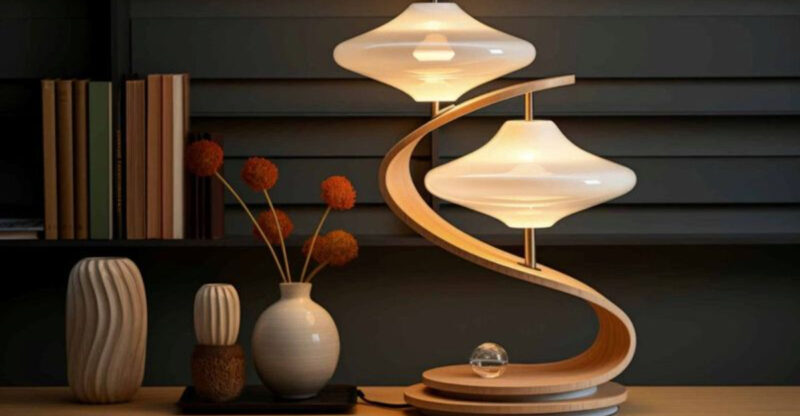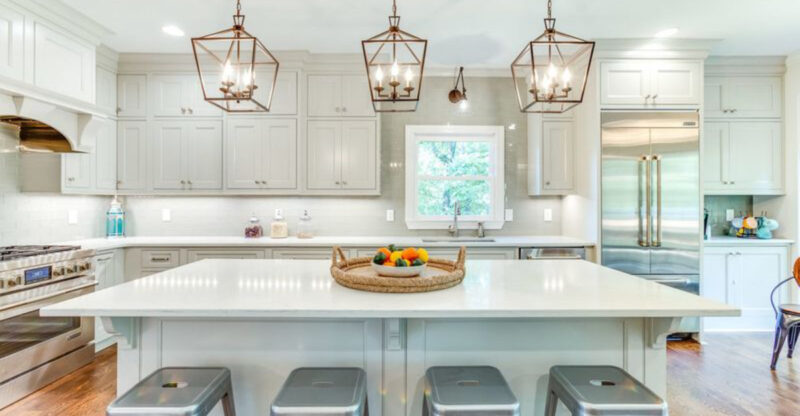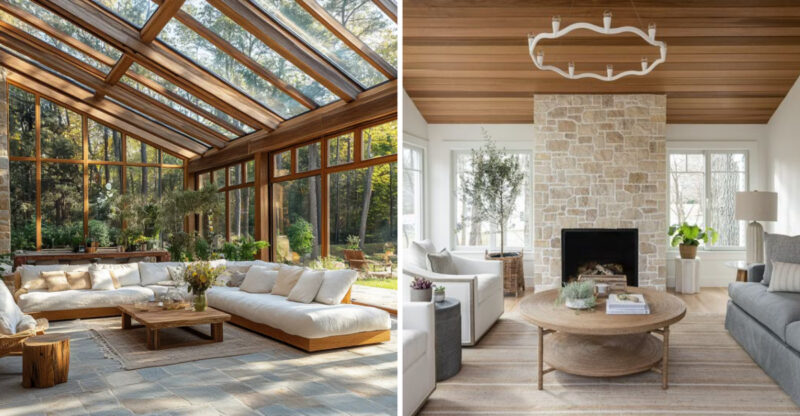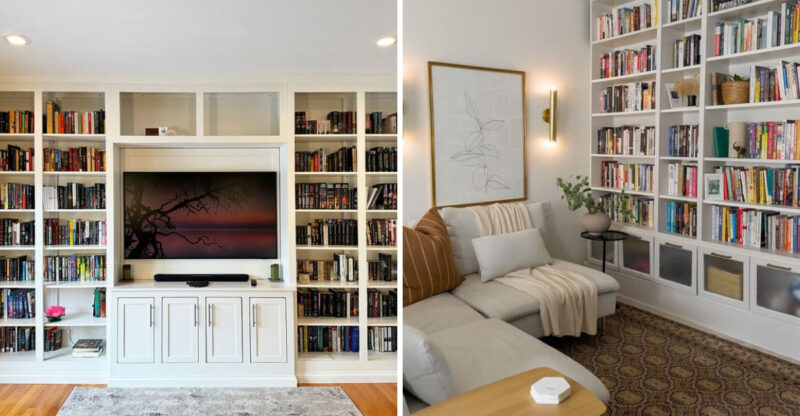13 Suburban Home Features That Are Becoming Legal Headaches
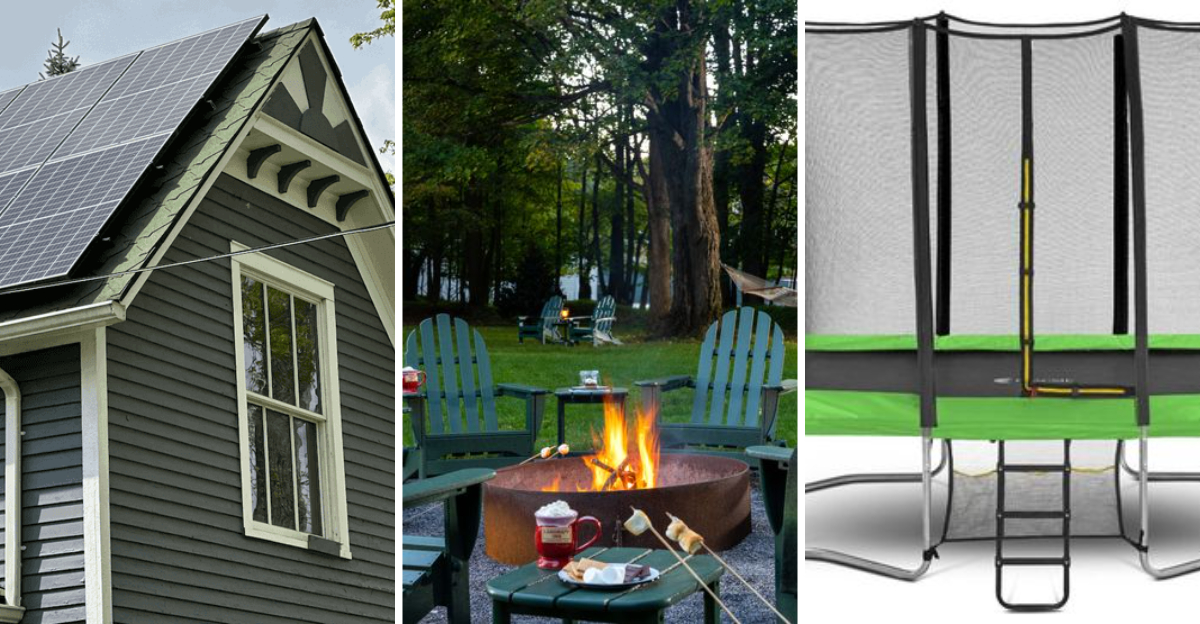
Our suburban dream homes sometimes hide sneaky legal problems that can cost big money.
As neighborhoods change and rules get stricter, features we love might actually break local codes or regulations.
Whether you already have these items or are thinking about adding them, understanding the potential legal issues could save you from headaches, fines, and even lawsuits down the road.
1. Over-height backyard fences
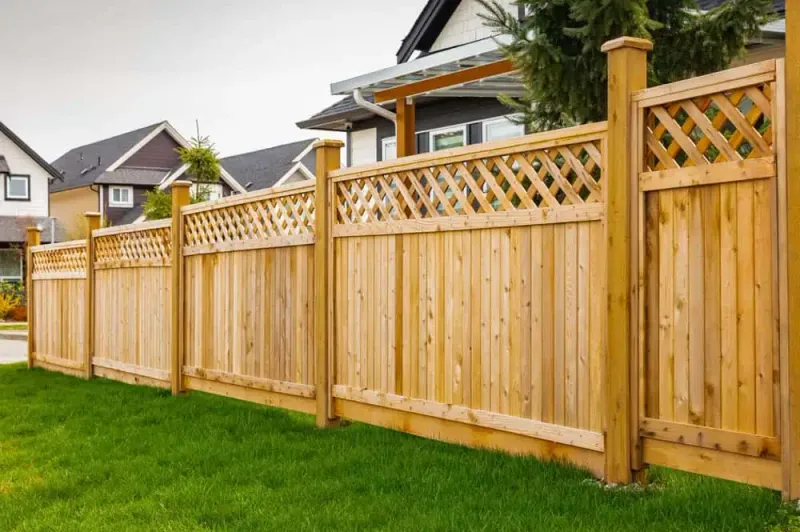
Tall fences might keep nosy neighbors out, but they’re causing major legal troubles in suburbs nationwide. Many homeowners don’t realize that fence height is strictly regulated, usually capped at 6 feet in backyards and 3-4 feet in front yards.
Cities are cracking down because tall fences can block emergency access, create unsafe blind spots, and violate neighborhood aesthetic standards. One California homeowner faced a $1,000 monthly fine for their 8-foot fence! Before building that privacy barrier, check your local zoning codes and HOA rules.
If you already have an over-height fence, consider replacing it or applying for a variance a special permission that might let you keep it legally with some modifications.
2. Unpermitted accessory dwelling units (ADUs)
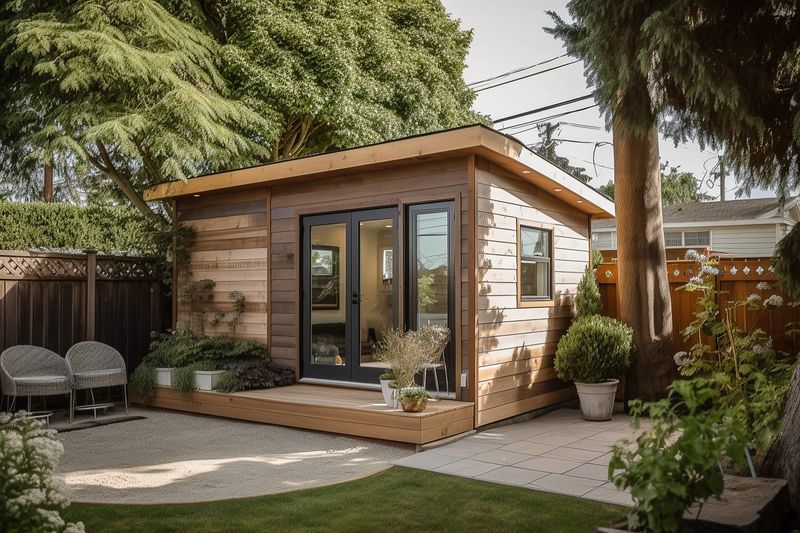
Garage apartments and backyard cottages are all the rage for housing relatives or earning rental income. However, converting spaces without proper permits has become a massive legal nightmare for homeowners.
Unpermitted ADUs often lack required fire safety features, proper electrical wiring, and adequate plumbing. Your insurance might not cover damages, and you could face hefty fines or even be forced to tear down the structure entirely. Cities are using satellite imagery and neighbor complaints to identify illegal units.
If you’re considering adding an ADU, work with an architect familiar with local codes and get all proper permits. For existing unpermitted units, some cities offer amnesty programs to help bring them up to code.
3. Built roof decks or rooftop patios
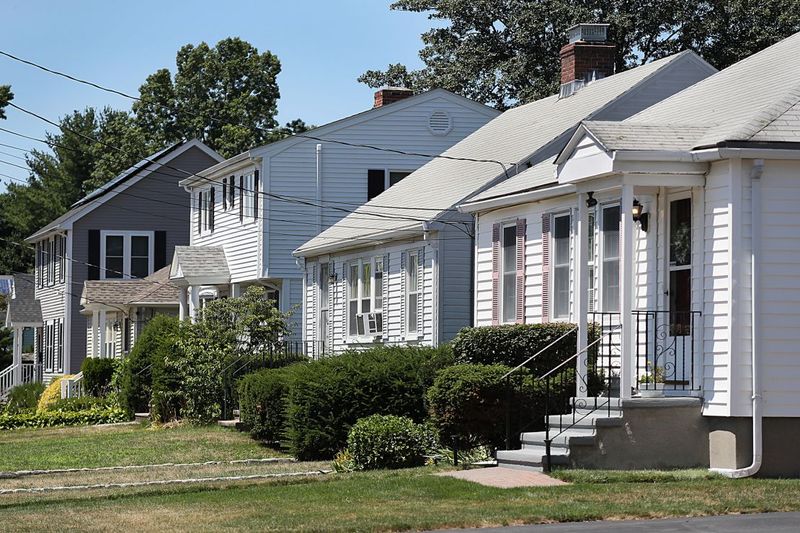
Rooftop relaxation spaces offer amazing views and extra outdoor living area, but they’re triggering lawsuits and violations across suburban America. Many homeowners build these elevated retreats without considering structural support requirements, railing heights, or privacy impacts on neighbors.
Local governments worry about safety risks from improperly built roof decks. Falls are a serious concern, and inadequate structural support can lead to catastrophic roof collapse during gatherings. If you’re dreaming of stargazing from your rooftop, hire a structural engineer first.
They’ll determine if your roof can handle the extra weight. You’ll also need permits, proper railings (typically 42+ inches high), and maybe even privacy screens to prevent neighborly disputes about overlooking adjacent properties.
4. Rainwater harvesting barrels near property lines
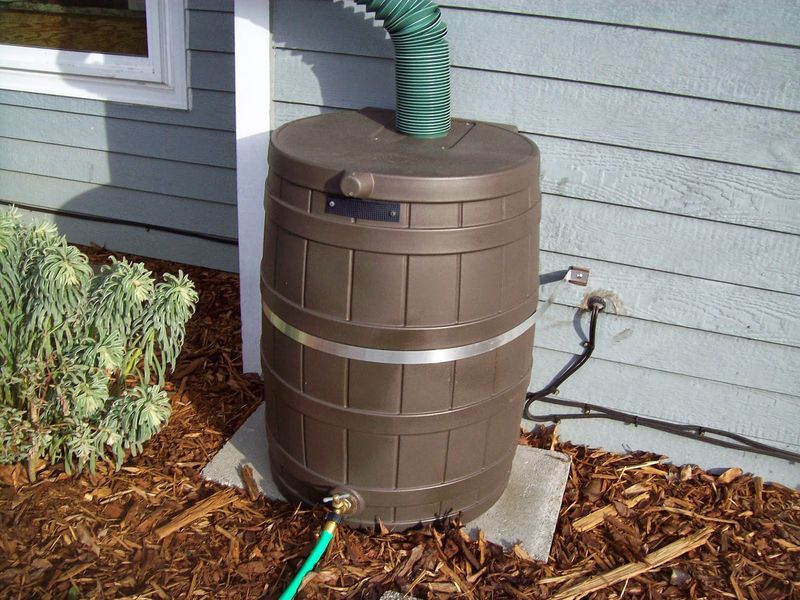
Collecting rainwater seems eco-friendly until your barrels create problems with neighbors or violate local codes. Improperly placed collection systems can cause water to flow onto adjacent properties, creating erosion or flooding issues that lead to bitter disputes.
Health departments worry about mosquito breeding grounds when barrels aren’t properly sealed. In some states with water rights laws, large-scale collection systems might actually be illegal without proper permits. Position your barrels away from property lines and ensure overflow systems direct excess water to appropriate drainage areas.
Use mosquito-proof screens on all openings and maintain your system regularly. Check local regulations before installing multiple barrels or large-capacity systems some areas limit how much rainwater you can legally collect.
5. Large satellite dishes in view easements
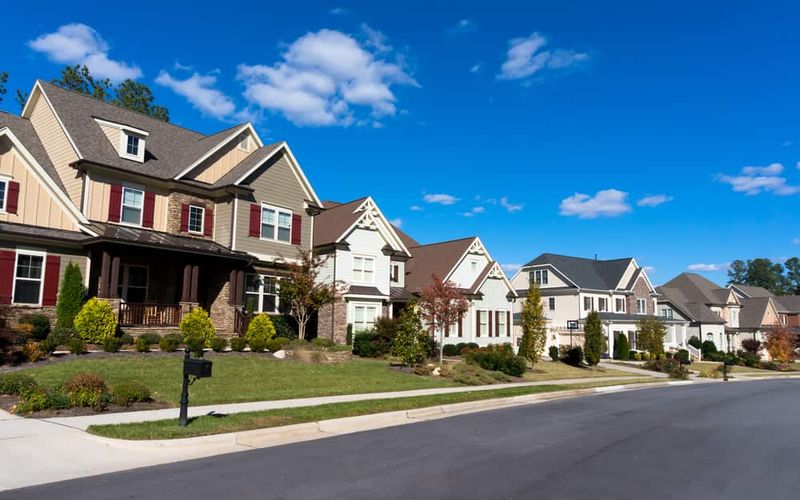
That massive satellite dish might give you hundreds of channels, but it could also tune in legal troubles. Many neighborhoods have view easements or aesthetic restrictions that prohibit large dishes visible from streets or neighboring properties.
HOAs are particularly aggressive about enforcing satellite dish restrictions. While federal law protects your right to install smaller dishes (under 39 inches), larger equipment doesn’t enjoy the same protection. If you need specialized satellite service, consider mounting equipment in less visible locations like backyards or behind landscaping screens.
Always review your property’s deed restrictions and HOA covenants before installation. For existing dishes causing conflicts, professional relocation services can often find compliant mounting solutions that maintain good reception while satisfying neighborhood requirements.
6. Fire pits without safety permits
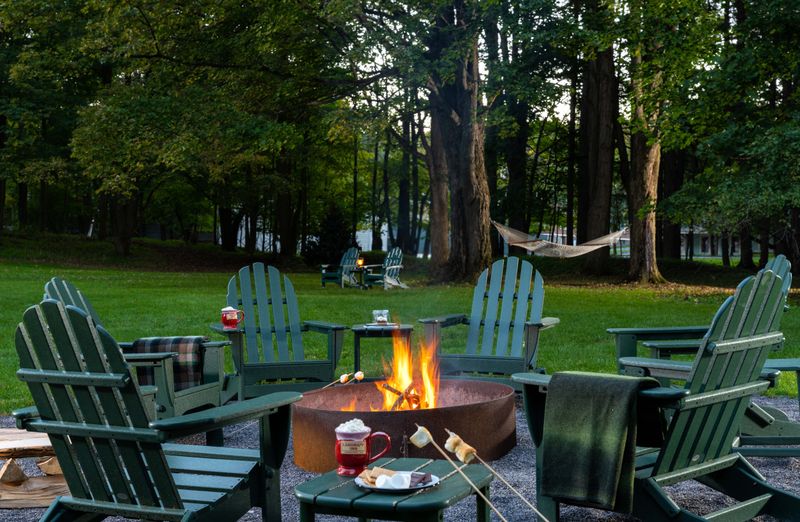
Backyard fire pits create cozy gathering spots, but unauthorized installations are sparking legal flames across suburbia. Many municipalities require permits for permanent fire features to ensure proper distance from structures, trees, and property lines.
Fire departments report increasing calls about improperly managed backyard fires. Smoke complaints from neighbors can trigger inspections, revealing unpermitted installations. Some homeowners face fines exceeding $500 for non-compliant fire features.
Check local fire codes before installing any fire pit permanent or portable. Most areas require fire features to be at least 10-25 feet from structures and property lines. Consider smoke patterns and prevailing winds to avoid annoying neighbors. Keep a fire extinguisher or garden hose nearby when using your pit, and never leave fires unattended.
7. Portable basketball hoops in public easement
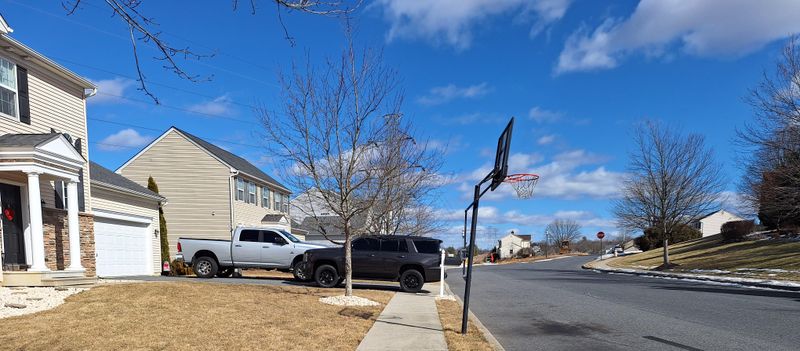
Kids love street basketball, but that hoop at the curb might be bouncing you into legal trouble. Many homeowners don’t realize that the area between sidewalks and streets is actually public right-of-way, not private property.
Cities are increasingly enforcing rules against obstructions in these areas. Basketball hoops can block emergency vehicles, garbage collection, and street cleaning. They also create liability issues if someone gets injured while playing. During a recent suburban crackdown in Ohio, officials tagged over 60 hoops for removal in one neighborhood alone!
Keep your hoop in your driveway, at least 10 feet back from the sidewalk. When not in use, wheel it even further from public areas. If space is tight, consider mounting a permanent backboard on your garage instead.
8. Backyard sheds without proper setbacks
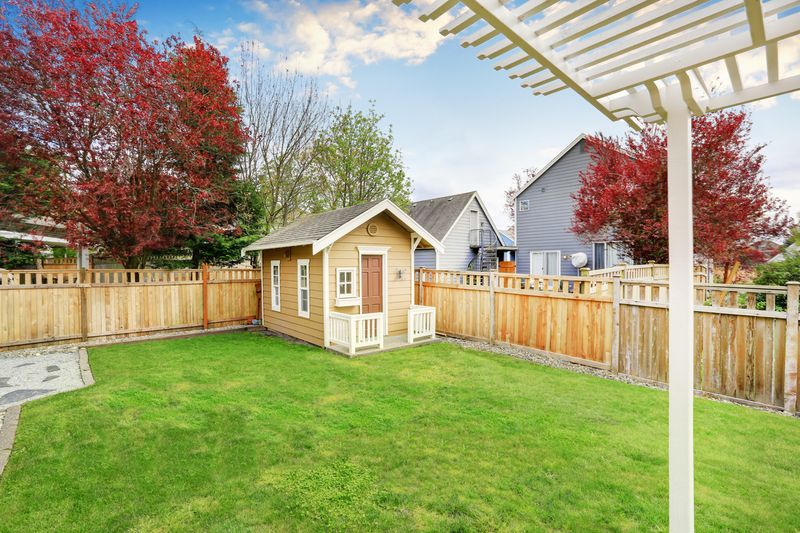
That garden shed might store your tools perfectly, but if it’s too close to property lines, it could dig up serious legal issues. Zoning codes typically require accessory structures to maintain specific distances (setbacks) from property boundaries, usually 3-10 feet depending on local regulations.
Improperly placed sheds can create drainage problems for neighbors and violate fire safety codes. Even pre-built sheds need permits in most areas if they exceed certain dimensions. Before buying or building any shed, check your property survey and local zoning requirements. Measure setbacks carefully from actual property lines, not fences (which often aren’t precisely on boundaries).
If space is tight, consider smaller shed options or wall-mounted storage systems that might be exempt from setback requirements. For existing non-compliant sheds, professional relocation services can sometimes move them to legal positions.
9. Faux grass with PFAS chemicals

Artificial turf offers year-round green without watering, but newer environmental concerns are creating legal quagmires for homeowners. Many synthetic grass products contain PFAS “forever chemicals” linked to health problems that can leach into groundwater.
Several states have begun restricting PFAS-containing products, and some localities are considering bans on certain types of artificial turf. Class-action lawsuits against manufacturers are emerging as awareness grows. If you’re considering fake grass, request written documentation about PFAS content before purchasing.
Look for newer eco-friendly alternatives made without harmful chemicals. For existing installations, regular testing of nearby soil and water might be prudent. Some communities now require special permits for artificial turf that include drainage specifications to prevent chemical runoff into municipal water systems.
10. Solar panels not compliant with HOA rules
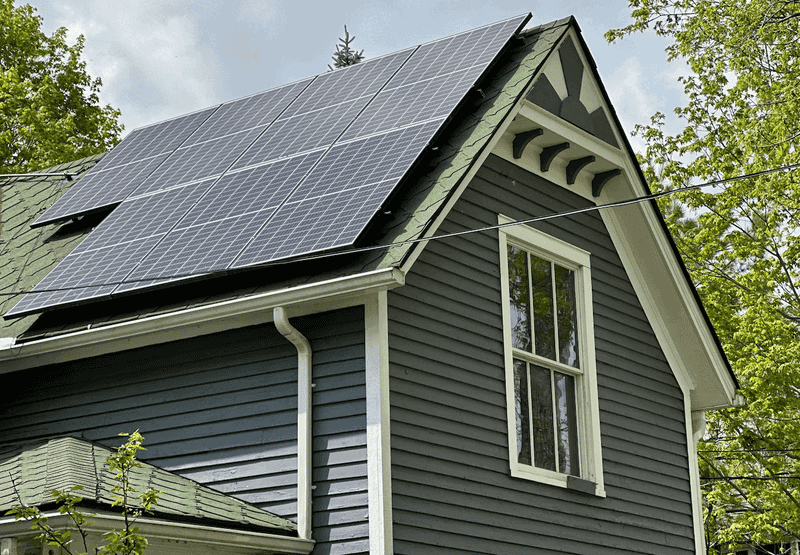
Going solar is eco-friendly, but improperly approved installations are generating high-voltage disputes with homeowners associations. While many states have “solar rights laws” protecting your ability to install panels, these laws don’t eliminate aesthetic requirements entirely.
HOAs can still regulate panel placement, requiring installations that minimize visibility from streets and common areas. One Florida homeowner faced $1,000 monthly fines for panels installed without architectural review committee approval! Before installation, review your HOA covenants carefully and submit detailed plans showing panel placement, wiring routes, and equipment locations.
Work with solar companies familiar with HOA negotiations. If your association rejects reasonable solar plans, check your state’s solar access laws—many provide pathways to challenge unreasonable restrictions while still respecting legitimate aesthetic concerns.
11. Driveway pavers blocking stormwater drains
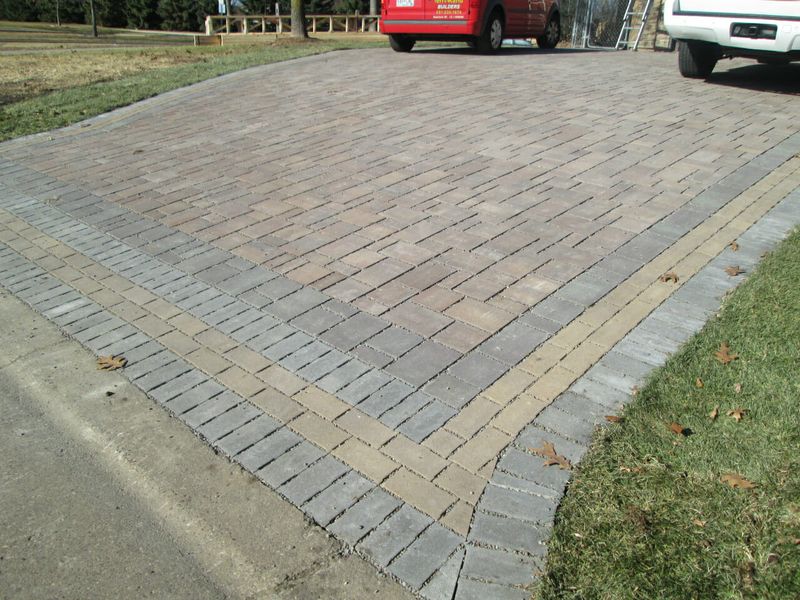
Beautiful paver driveways can dramatically boost curb appeal, but improper installation increasingly triggers flooding complaints and municipal violations. Many homeowners extend driveways without considering how the new hardscape affects neighborhood drainage patterns.
Redirected water can flood neighbors’ properties or overwhelm municipal systems during heavy rain. Environmental agencies worry about increased runoff carrying pollutants into waterways. Modern stormwater regulations often require permeable surfaces or proper drainage solutions when adding hardscaped areas.
Before expanding your driveway, consult a landscape architect familiar with local drainage requirements. Consider permeable pavers that allow water infiltration or install drainage channels along driveway edges. For existing problem driveways, retrofitting with swales or rain gardens nearby can help capture excess runoff and prevent costly legal disputes with neighbors or city officials.
12. Decorative generators without noise permits
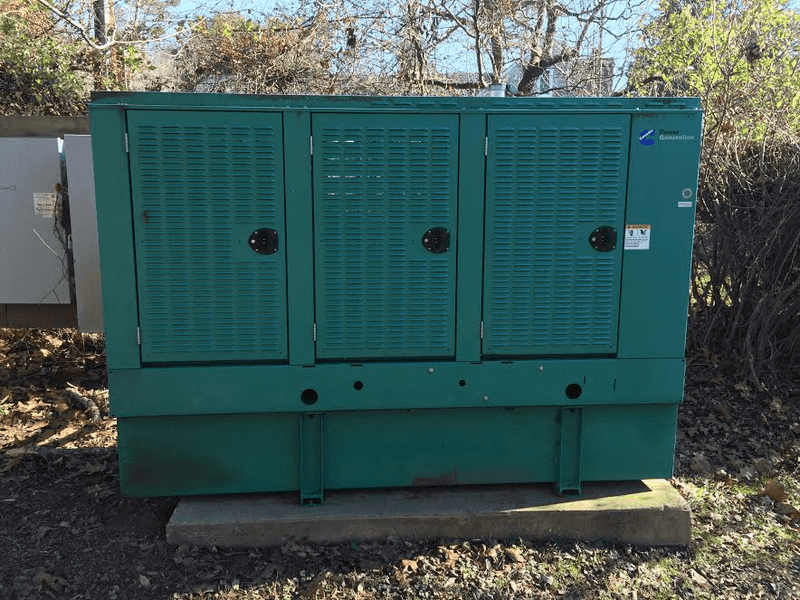
Home generators provide peace of mind during power outages, but their installation is creating noisy legal battles in suburban neighborhoods. Many homeowners install permanent generators without required permits or proper sound mitigation measures.
Weekly self-test cycles often violate local noise ordinances, especially when units are placed near property lines. Exhaust and fuel storage must meet strict safety codes to prevent fire hazards and carbon monoxide risks. If you’re considering a standby generator, check noise ordinance requirements first many areas limit decibel levels at property lines.
Professional installation should include sound-dampening enclosures and strategic placement away from neighbors’ windows. Schedule self-testing during daytime hours (typically between 9am-5pm) to minimize disturbances. For existing generators causing complaints, aftermarket sound shields and vibration pads can sometimes solve noise issues without relocating the unit.
13. In-ground trampolines lacking fall protection
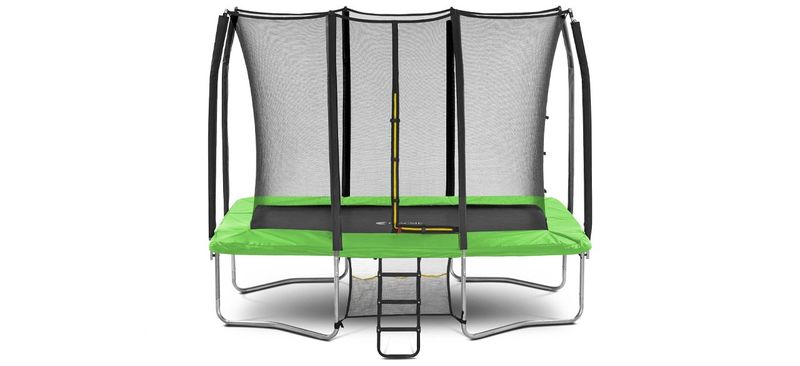
Flush-mounted trampolines look sleeker than traditional above-ground models, but insufficient safety measures are bouncing homeowners into insurance nightmares and liability lawsuits. Many in-ground installations lack proper drainage, edge protection, and adequate clearance zones.
Insurance companies increasingly require specific safety features for trampoline coverage. Without them, you could be personally liable for injuries even to uninvited neighborhood children under “attractive nuisance” legal doctrines. If you’re installing an in-ground trampoline, ensure at least 6 feet of clear space around all sides, proper drainage systems beneath, and impact-absorbing material around the perimeter.
Consider installing safety nets even though the fall height is reduced. Always check with your insurance company about specific requirements and potential premium increases. For existing installations, professional safety retrofits can often bring your trampoline into compliance.

